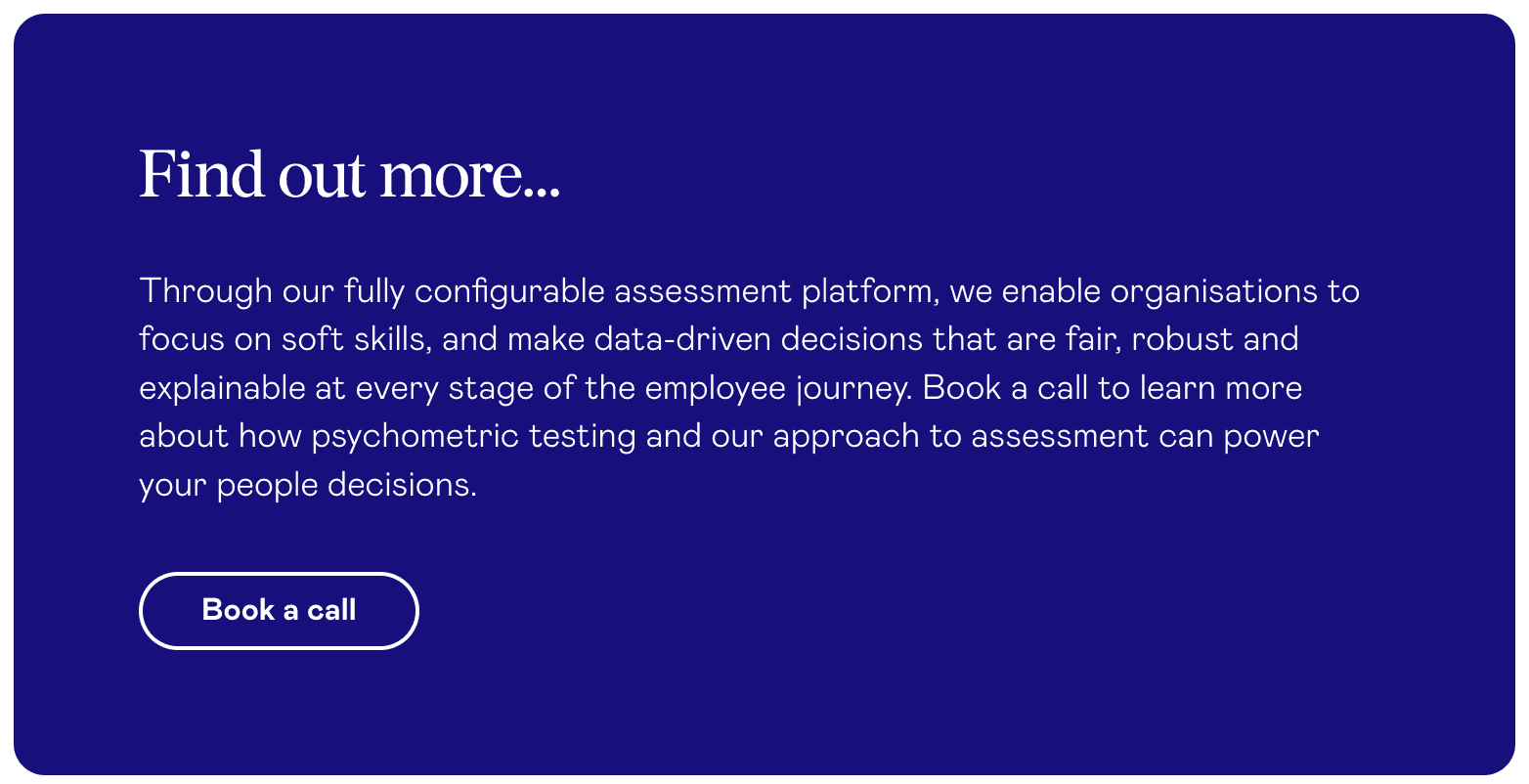Take a sneak peek of the product with an interactive tour | View now
Creating fair opportunities for the class of Covid

Events of the last year have put up new barriers to young people as they enter the jobs market. While everyone has experienced the pandemic differently, for early career job seekers, the pressures of leaving education and looking for work during a global crisis have thrown up challenges never encountered before.
To differing extents candidates may have experienced family bereavements, financial difficulties, gaps in education, a lack of social contact and pressures on their mental health. Many candidates missed out on industry experience and careers advice and are now applying for jobs where there is a huge amount of competition from peers and from more experienced hires.
As companies switch to recruitment mode, they need to be mindful that candidates may not be prepared in the same way as pre-pandemic and that over the past 12 months not all have had access to the same level of opportunity.
But there are strategic and practical changes that organisations can make to the way they attract and assess talent that will generate the most positive outcomes for our young people.
Pandemic has put young jobseekers at a disadvantage
For today’s job seekers, the pressure is on. Research by UK-based graduate jobs website Milkround shows just 18% of graduates have managed to secure a job this year compared to 60% in previous years, meaning more graduates are competing for fewer roles. Apprenticeships suffered too with six out of 10 employers putting a hold on new apprenticeships last year according to the Association of Employment and Learning Providers.
Looking to the future, research from The Prince’s Trust warns of worrying signs that the pandemic has exacerbated pre-existing inequalities among different groups of young people, with some weathering the last year better than others. For example, young people are over-represented in ‘shutdown’ sectors such as retail and hospitality and are more likely to have been furloughed.
Implications for employers
As companies think about recruiting their 2021 intake, they’ll need to think differently to ensure that all candidates can perform at their best. There are steps that can be taken during the attraction phase, in designing the assessment experience and on assessment day. We’ve summarised them below.
- Candidate attraction strategy
If outreach cannot be done in person through events or placements, companies will benefit from becoming more creative about how to immerse potential candidates in roles. Ideas we’ve implemented with clients include online engagement events, question and answer sessions with current graduates or apprentices and talks from programme managers.
Also consider whether your audience has changed. Does it now include school leavers who have opted out of going to university? How will you tap into the potential of undergraduates who perhaps left during their first year of higher education during the pandemic?
- Assessment experience
It’s likely that candidates will be short on industry placement experience, on work experience and on careers advice. Consider how you can build some of this education and development into the process to help candidates feel well-prepared. This might include more guidance on how to prepare for an interview or an assessment centre.
Consider both sides of the coin on virtual assessment and design the experience accordingly. Virtual brings many advantages – removing geographical, travel, cost, time and mobility hurdles but a virtual experience needs to be designed for an online environment. Zoom fatigue is real! And remember that candidates may be sharing a laptop or may have poor internet. Lastly, developmental feedback is really important to this group of candidates, regardless of whether or not they are successful.
- Assessment process
Assessment day is an opportunity for more learning. Videos including ‘a day in the life of’, all help to immerse candidates in life at your organisation. Use technology to create a better experience – consider how assessment content could be presented in a more engaging way using videos, images, infographics and online collaboration tools.
On the day including a warm-up activity is nice to help candidates settle in, along with providing clear briefings. Ensure you manage expectations for candidates in terms of what to wear, how to make sure they dial into sessions on time as well as video and microphone etiquette to relieve some anxiety.
Be part of the movement
In the Sova Community, we’ll be discussing this topic in more detail: What competencies might be relevant to post-pandemic early career roles? What changes to assessment design do we need to make to maintain fairness for early career candidates? How can assessment centres be run virtually or in person to the benefit of all?
